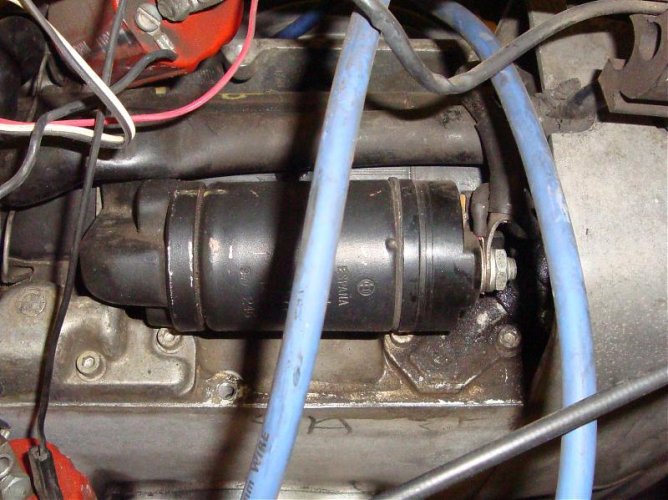bigrider
Living the Legend
I've read in several articles that the old style crankcase breather valve (R90/6)can be (should be) replaced with the newer style reed valve. I have not read anywhere how this is done. I can see where would have to remove the post (it's pressed in), but since the new reed valve sits higher, will the cover have to be replaced also, or does the three hole orifice pop out someway and the reed valve sits in the old location. Thanks
Dave H
Colorado Springs, Co
Dave H
Colorado Springs, Co



